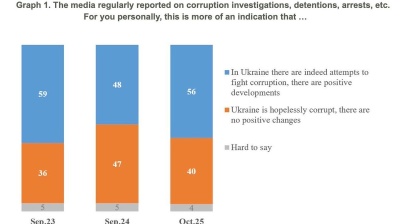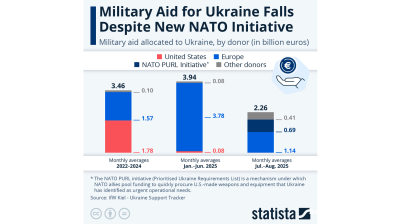Slovakia’s economic sentiment indicator (ESI) three-month moving average dropped by 1.9 points to 95.1 month-on-month in May 2019, mostly due to a decrease in confidence in services, construction and partly in confidence in trade, the Slovak Statistics Office’s data published on May 29.
“ESI is currently lagging behind the long-term average by 8.5 points and behind the value of the corresponding period last year by 8.7 points,” the report read.
The confidence indicator in industry swelled by 9 percentage points (pp) to minus 3.7 in May, positively influenced by increase in production over the next three months, while the confidence indicator in construction dropped by 5.5 points to minus 21.5. This was unfavourably influenced by evaluations of the overall level of orders and expected employment. “The current result is exceeding the long-term average by 3.5 points,” the report went on.
The confidence indicator in trade fell by 2.4pp in May m/m to 17.3, due to negative evaluations of expected business activities and stocks of goods. The confidence indicator in services dropped by 8.6pp m/m to -7.3, mainly driven by unfavourable assessments of the business situation as well as demand over the past three months.
The consumer mood in Slovakia remained relatively stable in May, with the seasonally adjusted indicator of consumer confidence, down by 0.4 points m/m to -6.6.
“The more pessimistic expectations of the development of unemployment and to a lesser extent the saving perspectives of households and the development of financial situation of households were hampered by more optimistic expectations of the development of general economic situation. The respondents were less optimistic by 3.3 points than in the corresponding period last year and the current result is exceeding the long-term average,” the Office concluded.
Data

Ukraine’s credibility crisis: corruption perception still haunts economic recovery
Despite an active reform narrative and growing international engagement, corruption remains the biggest drag on Ukraine’s economic credibility, according to a survey by the Kyiv International Institute of Sociology.

India’s retail payment revolution
India’s payments landscape has reached a pivotal stage, with digital transactions now accounting for 99.8% of all retail payments.

Military aid for Ukraine falls despite new Nato PURL initiative – Statista
The Kiel Institute for the World Economy found that military aid to Ukraine dropped sharply in July and August compared to previous months, despite the implementation of the Nato PURL initiative.

IMF cuts Russia’s 2025 growth forecast to 0.6%, leaves Ukraine's unchanged at 2%
The International Monetary Fund has lowered its forecast for Russia’s economic growth in 2025 to just 0.6%, marking the second-steepest downgrade among major economies, even as it raised its global outlook.




